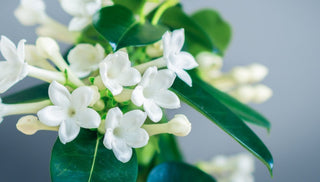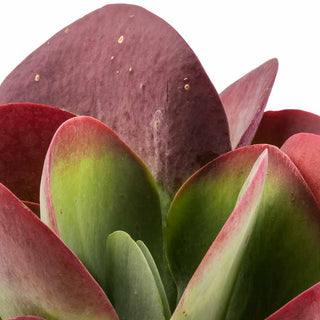☘ Origin: Japan and Taiwan
☘ Family: Aspleniaceae
☘ Botanical Name: Aspelnium
☘ Common Name: Bird's Nest Fern
Symbolism: The Fern symbolizes Eternal Youth. ➖ To the indigenous Maori of New Zealand, the Fern represented 'New Life and New Beginnings. ➖ To the Japanese, the Fern symbolizes Family and the Hope for Future Generations. ➖ According to Victorians, the Fern symbolized Humility and Sincerity.
🍃 Shop Your Bird's Nest Fern Today!
🔆 Light
Bird’s Nest Fern will do best in medium to bright light. The more light it receives, the more the leaves will crinkle and the less light, the flatter the leaves will be. Keep in mind, too much light or extended periods of direct sunlight will cause the fronds on the fern to get a pale bleached color.
Give your plant a turn every few days to expose all sides to light for even growth from all sides.
💧 Water
Water when the top 25% of the soil is dry. When watering, water only the soil – not the leaves. Water accumulating in the crown of your plant could lead to bacterial growth and potential leaf rot. Discard any water that may accumulate in the saucer.
To give your plant the absolute best, room-temperature rainwater and bottled spring water are your best options. Any water containing sugar or salt will hurt your plant!
☁️ Humidity
Likes a humid environment, like a bathroom or kitchen. Mist often using filtered-water.
🌡️ Temperature
This type of fern enjoys a warm area, preferably between (20-27°C), so maintain indoor temperatures above 15°C. Avoid cold drafts and sudden temperature changes.
🧴️ Food
Feed once a month during the spring and summer with a special fertilizer for indoor plants.
🐾 Toxicity
Non-poisonous, non-toxic, and safe for humans, dogs and cats.
Regularly remove any dead fronds from the plant to encourage healthy new growth. Cut stems at the soil line with clean, sharp shears.



